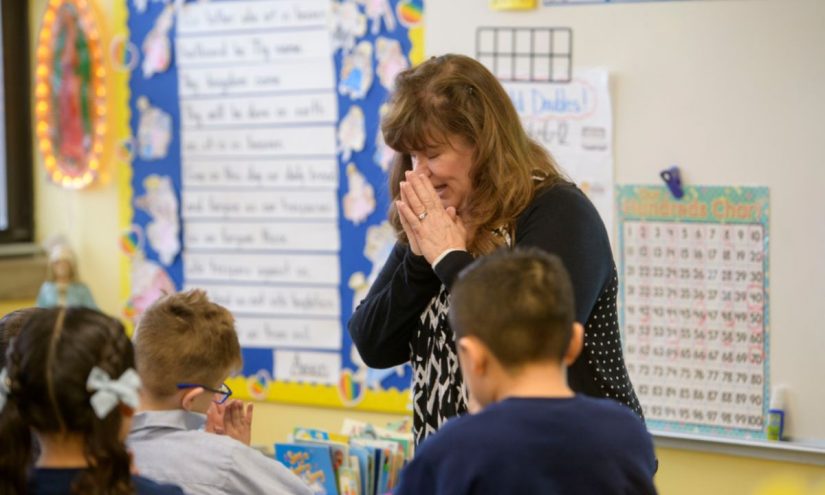Faith, Funding, and Freedom: Supreme Court Wrestles with Charter School Dilemma

The potential Supreme Court ruling in favor of the Oklahoma school has sparked significant concern across the charter and religious school landscape. Education advocates and legal experts are closely watching how this decision could dramatically reshape the existing educational ecosystem, potentially creating unprecedented challenges for alternative schooling models.
The case has raised critical questions about institutional boundaries, funding mechanisms, and the delicate balance between public and private educational institutions. If the Oklahoma school prevails, it could trigger a cascading series of legal and structural changes that might fundamentally transform how charter and religious schools operate and receive support.
Stakeholders are apprehensive about the far-reaching implications, recognizing that a single judicial decision could introduce sweeping reforms that challenge long-established educational frameworks. The uncertainty surrounding the potential outcome has generated intense debate and speculation about the future of school choice and institutional autonomy.
